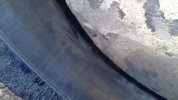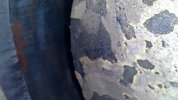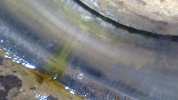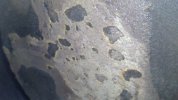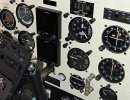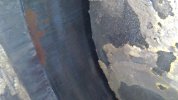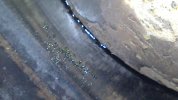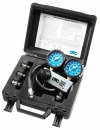unsafervguy
En-Route
i think the it reason that many people are telling you to get it in your name is that once its in your name its a very simple process. you sign the bill of sale and its done. if its in someone else name, even if everything is in order, it can take time and effort to get it through the FAA. a lot of buyers will be reluctant to buy because of that.
when i went through this process with my fathers aircraft, the FAA kicked back one of the packets, even though both were registered exactly the same. they wanted more documentation on one. I can only assume the two packages went to two different people and one wanted more paperwork.
when i went through this process with my fathers aircraft, the FAA kicked back one of the packets, even though both were registered exactly the same. they wanted more documentation on one. I can only assume the two packages went to two different people and one wanted more paperwork.

